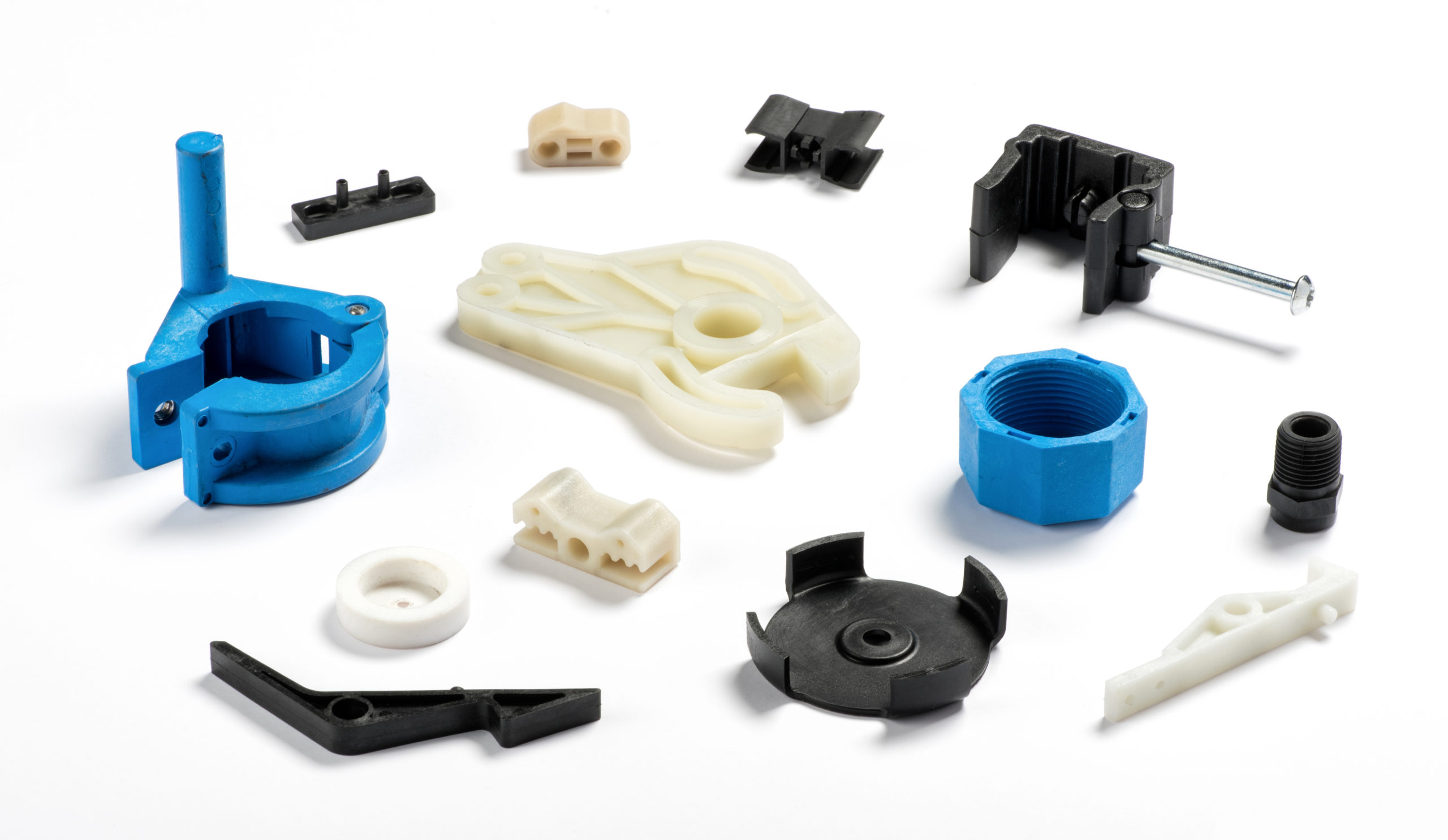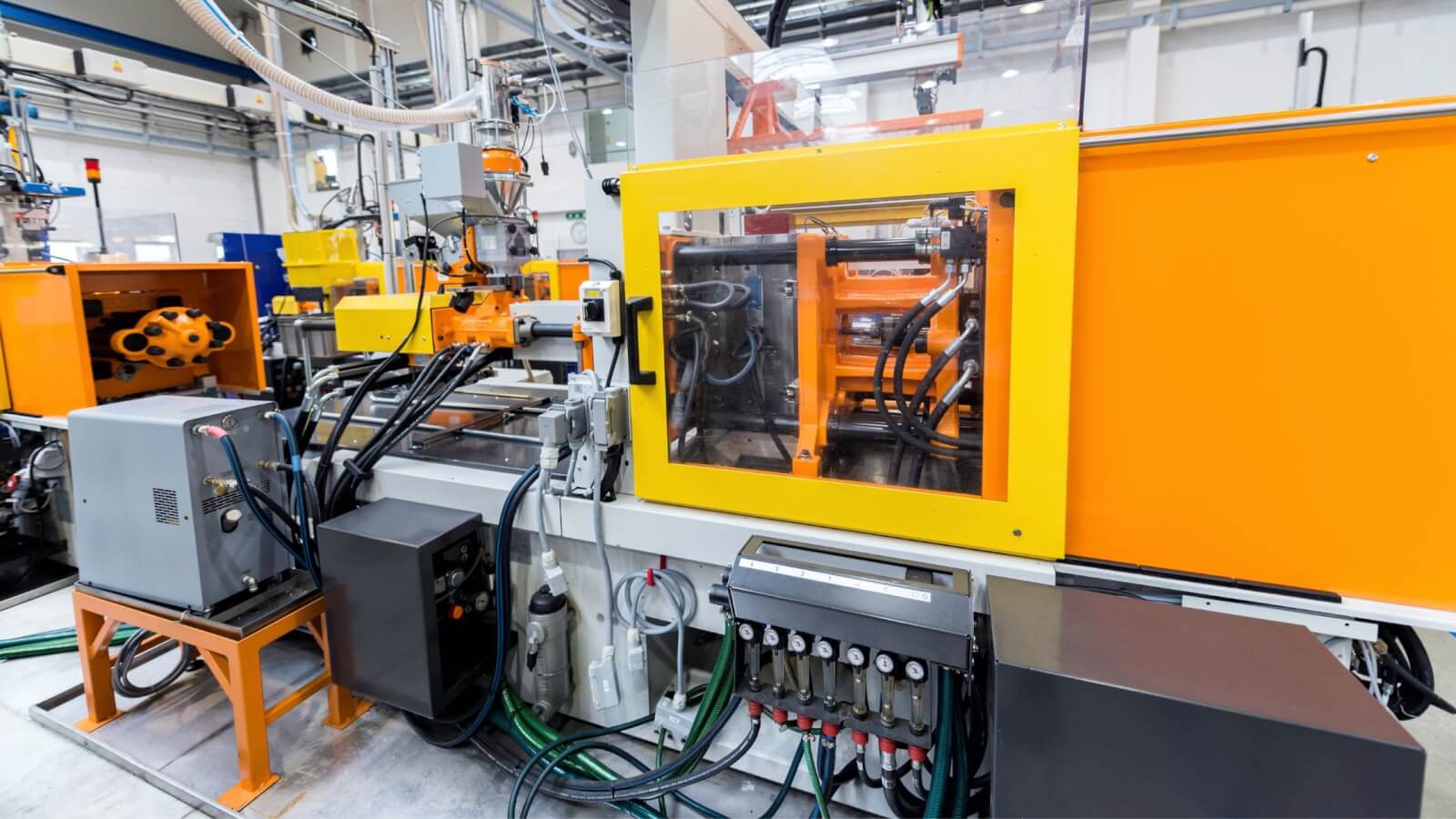The Impact of Plastic Injection Molding on Lowering Production Prices and Waste
The Impact of Plastic Injection Molding on Lowering Production Prices and Waste
Blog Article
Recognizing the Essentials of Plastic Injection Molding Processes
Plastic injection molding functions as a foundation of contemporary production, giving a methodical method to creating complicated components with precision. This procedure not just encompasses the fundamental actions of melting and infusing materials into mold and mildews yet also includes a nuanced understanding of numerous influencing elements, such as temperature and pressure. As sectors significantly require efficiency and quality, the details of this methodology come to be a lot more important. Exploring these crucial components can disclose exactly how even minor changes can bring about substantial improvements in production end results, questioning regarding the capacity for technology in this recognized procedure.
What Is Plastic Shot Molding?
Plastic shot molding is a widely utilized manufacturing process that changes thermoplastic and thermosetting materials right into specific and intricate shapes. This technique is preferred for its capability to generate high quantities of the same get rid of remarkable precision, making it a vital approach in numerous markets, including auto, durable goods, and medical tools.
The procedure involves melting the chosen plastic product and injecting it right into a mold and mildew under high pressure. The mold and mildew, made to the requirements of the desired part, allows the molten plastic to take form as it cools and strengthens. Once the product has hardened, the mold and mildew is opened, and the ended up element is ejected.
Plastic shot molding uses several advantages, consisting of decreased waste, consistency in production, and the capability to include detailed designs that might be challenging with various other manufacturing approaches. Furthermore, it sustains a broad variety of products, each giving special buildings that can be customized for specific applications. As markets proceed to innovate, plastic shot molding continues to be at the forefront, making it possible for the advancement of sophisticated products that fulfill evolving consumer needs.
The Shot Molding Refine
The shot molding process is an innovative method that involves numerous vital phases to create top quality plastic parts. Originally, plastic pellets are fed right into a warmed barrel where they are thawed into a viscous liquid. This molten plastic is after that infused under high pressure into a precision-engineered mold and mildew, which forms the product right into the preferred type.
When the mold and mildew is filled, the plastic is permitted to cool down and strengthen, taking the form of the mold and mildew tooth cavity. Air conditioning time is essential, as it impacts the cycle time and the last homes of the shaped component. After enough air conditioning, the mold opens, and the completed part is ejected using ejector pins.

Products Utilized in Shot Molding
Numerous materials can be utilized in the injection molding process, each offering distinct properties that provide to specific applications. The most generally used products include thermoplastics, thermosetting plastics, and elastomers.

Thermosetting plastics, like epoxy and phenolic resins, go through a chemical modification during the treating process, causing a rigid, stringent structure. These materials are optimal for applications calling for high warmth resistance and architectural stability, usually made use of in automobile components and electrical insulators.
Elastomers, including silicone and rubber-based materials, offer versatility and strength. Their unique residential properties make them ideal for applications that require elasticity, such as gaskets and seals.
Furthermore, specialty products like bio-based plastics and compounds are getting grip for their environmental advantages and enhanced efficiency characteristics, broadening the scope of injection molding applications in numerous sectors. Comprehending the homes of these products is vital for picking the appropriate kind for certain projects.
Advantages of Injection Molding
Injection molding stands out as a very efficient manufacturing process that supplies many benefits for producing intricate get rid of accuracy. One of one of the most substantial advantages is the ability to develop elaborate layouts that would certainly be impossible or challenging to achieve with other techniques (Plastic Injection Molding). The procedure enables tight resistances and in-depth functions, making sure premium components
Furthermore, injection molding is recognized for its rapid manufacturing abilities, making it an ideal selection for high-volume production. When the mold is developed, parts can be generated promptly, reducing lead times and increasing general performance. This efficiency not only decreases production expenses but here additionally provides an one-upmanship in the market.
The flexibility of materials used in shot molding additionally improves its appeal. A wide variety of thermoplastics and thermosetting polymers can be utilized, enabling producers to choose products that best fulfill their certain requirements, including strength, adaptability, and warm resistance.
Moreover, the procedure decreases waste, as excess product can commonly be reused and reused. This sustainability facet adds to a lowered environmental impact, making injection molding a responsible manufacturing choice. On the whole, the advantages of injection molding make it a preferred technique for several sectors.
Elements Affecting Product High Quality
While many factors can influence item quality in injection molding, comprehending these components is critical for accomplishing optimal results. Secret elements consist of material option, processing criteria, and mold layout.
Product choice plays an important duty, as various polymers show special residential properties that influence flowability, toughness, and thermal security. Inadequate product option can result in flaws such as warping or incomplete filling.
Handling criteria, including cycle, temperature, and pressure time, need to be diligently controlled. Variations in these setups can result in variances in component dimensions and surface finish. For example, excessively high temperature levels may create destruction of the polymer, while poor pressure can cause short shots.
Mold design is similarly essential, as it identifies the flow of the molten plastic and the cooling procedure. Improperly developed molds might cause uneven air conditioning prices, resulting in dimensional errors and residual tensions.

Verdict
In conclusion, plastic injection molding works as a critical production process that enables the reliable manufacturing of high-quality elements. Mastery of the shot molding procedure, consisting of the understanding of materials and the impact of different factors on item top quality, is important for accomplishing optimal outcomes. The benefits of this method, such as cost-effectiveness and design flexibility, additional highlight its significance throughout numerous sectors, strengthening its status as a preferred selection for high-volume manufacturing.
Plastic shot molding serves as a cornerstone of contemporary manufacturing, giving a methodical technique to important source creating complicated parts with precision.Plastic shot molding offers several benefits, including minimized waste, consistency in production, and the capability to integrate intricate designs that might be testing with various other producing techniques (Plastic Injection Molding). As markets proceed to innovate, plastic shot molding remains at the forefront, allowing the Look At This development of sophisticated items that meet developing consumer demands
The injection molding procedure is an advanced method that involves a number of crucial stages to generate top quality plastic components.In conclusion, plastic injection molding serves as a critical production procedure that enables the efficient manufacturing of premium parts.
Report this page